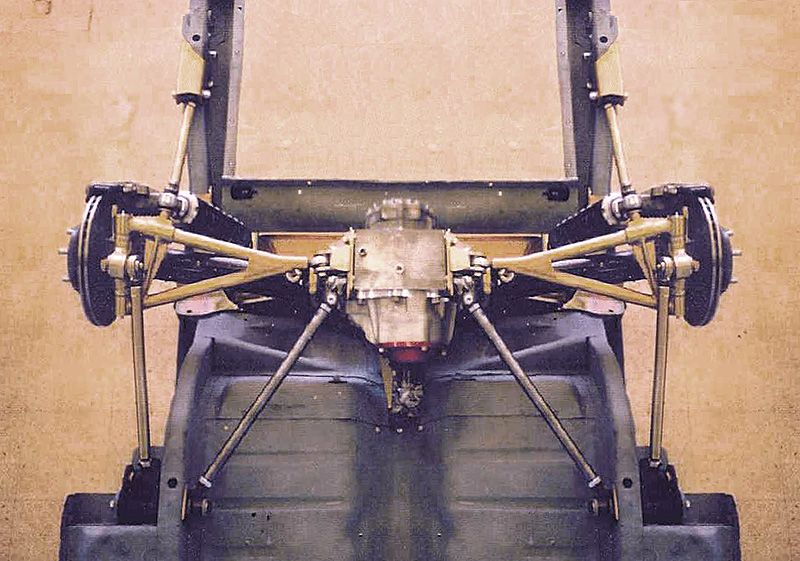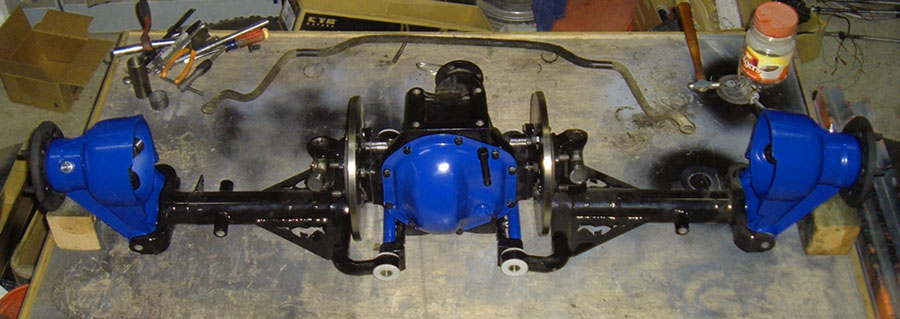

 |
 |
 |
 |
 |
You are not logged in. Would you like to login?
![]() Offline
Offline

I read today at a Jag racers site. Jaguar meant to have the wishbone flex. When the forward link goes through it's arc as you know it pulls away. Pulling the bone forward. He suggests this is by design in order to create roll steer. I find this if true, very modern for the time. Makes sense to me when you evaluate the ends of the dogbone. Just a fact I learnt today.
Ralphy
![]() Offline
Offline
I don't understand what you're saying.
The trailing arms do not bend the LCAs.
The trailing arms provide two functions - they provide a load path into the body for acceleration and braking loads (something the cage mounts cannot do) and they provide roll understeer by skewing the entire cage assembly on its mounts slightly.
The LCAs are rigid, their inner pivots are a roller bearing, and the pumpkin is rigidly mounted to the cage; the cage is flexibly (perhaps too flexibly) mounted to the car. The trailing arms do not bend the LCAs, they move the entire cage.
The XJ40 did away with the trailing arms because it had a far better-supported mounting subframe and revised geometry of the LCA pivots provided roll-steer and anti-dive, so they were no longer needed.
The other factor of course is that the early Jag cage and its mounts also carries the vehicle weight. The XJ40 rear suspension mounts do not carry the vehicle weight, that's transferred through the spring/shock assemblies into the upper fender. This is more typical of modern IRS designs where the spring load is passed directly to the body and not to whatever carrier or subframe the suspension mounts to.
Last edited by JEM (1/14/2012 10:44 pm)